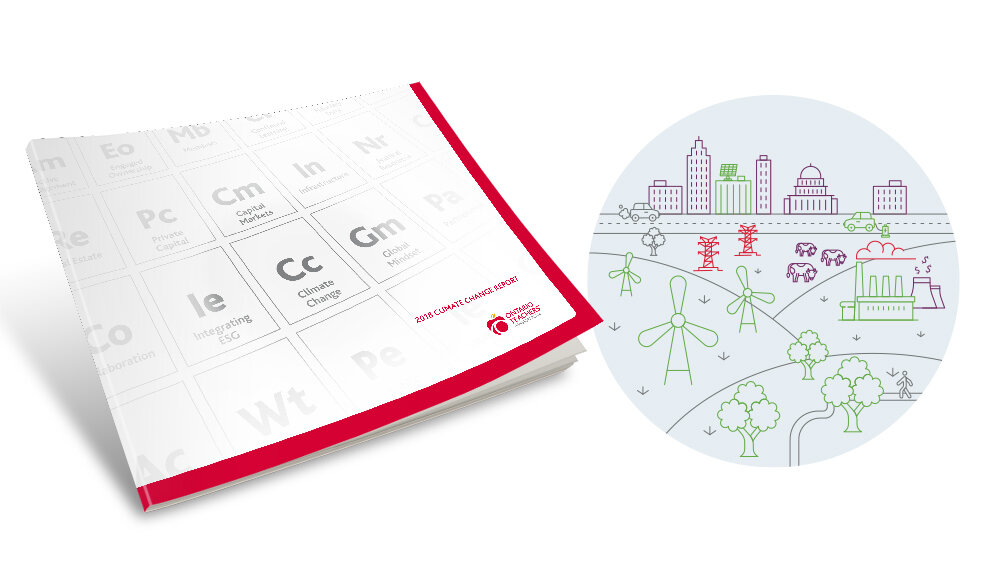SASB is a new investment strategy that has gained popularity in recent years. It was developed by the Federal Reserve Board, and stands for « Simplified Approach to Savings Bonds ». The idea behind this approach is to make savings bonds easier to understand for people who may not have the time or inclination to buy them themselves. A bond is essentially an interest-bearing debt security issued by governments or companies with a maturity of more than one year. This means that when you invest in a savings bond, you are lending money in the hope of being repaid your principal plus interest at some point in the future.
So one of the methods companies can use to demonstrate sustainability is the Sustainability Accounting Standards Board (SASB) framework.
What is it?
It is a new framework for organisations to report on their economic, environmental and social performance. It has been developed by the Sustainability Accounting Standards Board (SASB), which provides a comprehensive set of sustainability accounting standards to replace the current reporting requirements under Generally Accepted Accounting Principles (GAAP). SASB-based reports can provide information on a company’s economic, environmental and social performance.
What is SASB certification?
There are two routes to SASB certification: the first is to become a Certified B Corporation and use its standard for reporting. The second option is to voluntarily submit all your organisation’s sustainability data to an approved third party, who then validates it against the standards of one or more of the SASB core standards.
Using the SASB Framework for ESG Reporting
The SASB framework provides a structure for collecting and reporting ESG data. It aims to ensure consistency by providing standard definitions for issues such as « energy efficiency » or « water use ». This means that anyone can compare the environmental performance of different organisations, even if they operate in very different sectors.
Why is the SASB framework relevant?
The SASB framework is relevant for organisations that want to report on their ESG performance, and in particular for those that want to communicate it to investors. In fact, some of the world’s largest investment funds have required the companies in which they invest to report on their environmental impact using the SASB framework.
The benefits of SASB certification for investors
Investors who want to better understand a company’s environmental impact can consult its SASB report. This information will help them see how the organisation’s ESG performance affects its finances, and allows for comparison with other companies in the same sector. It may even prompt an investor to reconsider their investment strategy if they find it is inconsistent with their intrinsic values.
On the other hand, a SASB report can serve as a business case, demonstrating to senior management that sustainability has tangible financial benefits. It can also help organisations identify new opportunities and reduce risks. This has a direct impact on the way they run their business.
A good method for legal compliance because it is not subjective.
What are the limitations of SASB certification?
There are no formal requirements for an organisation to become a « Certified B Corp » or to have its sustainability data validated against one of the SASB standards, so it is difficult to say which companies have actually done this. That said, there has been considerable media interest in organisations that report to the standard and their investors seem very interested in these reports. So they must be doing something right!
The biggest challenge in ESG reporting – whether using the Sustainability Accounting Standards Board (SASB) framework or any other method – is to involve all levels of the organisation at every stage of the process.


